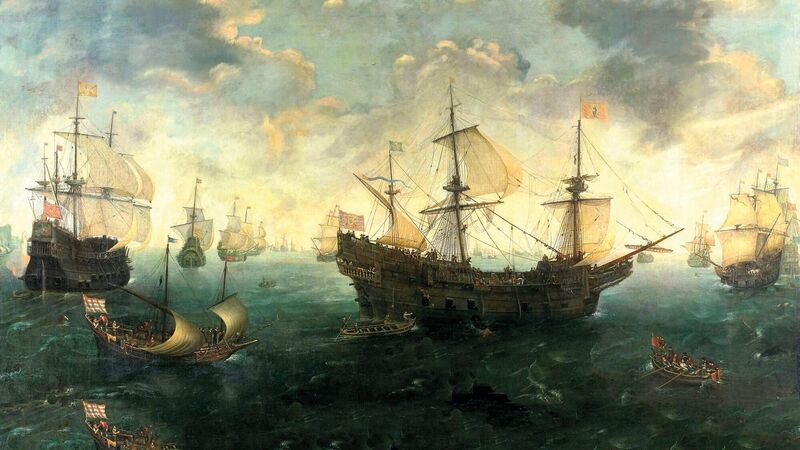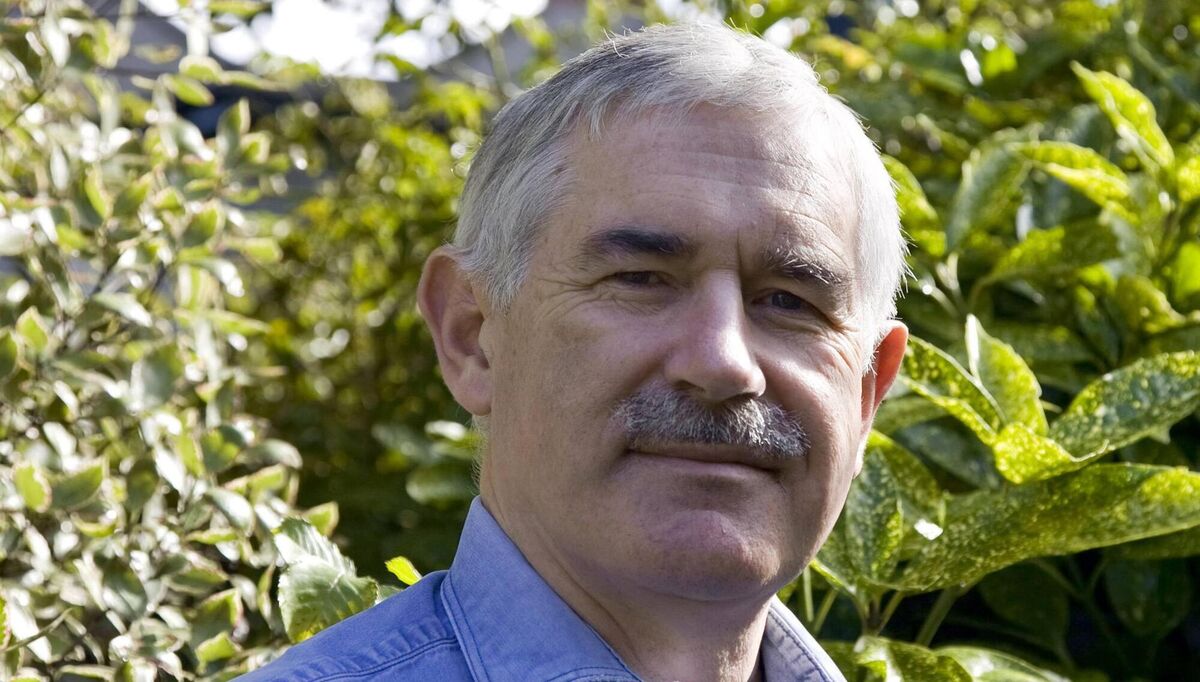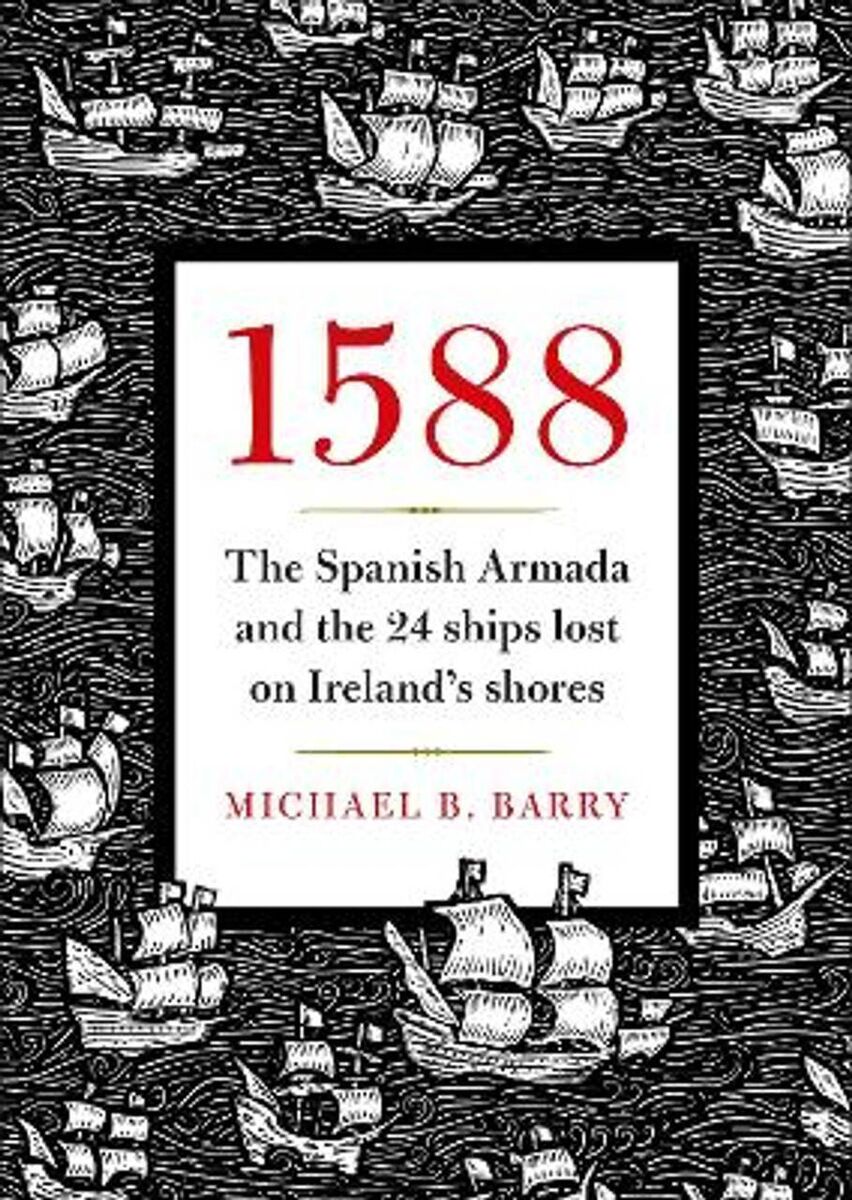Book review: Neutral account of Spanish Armada delivered with flow of good storyteller

The Spanish Armada: It is reckoned that 3,750 men were drowned, or killed, in 24 shipwreck incidents off Ireland’s coast. Picture: courtesy of the Rijksmuseum
- 1588: The Spanish Armada and the 24 Ships Lost on Ireland’s Shores
- Michael B Barry
- Andalus Press,€29.99
A neutral account of the Spanish Armada is long overdue. For many years readers of history and historic fiction have been subjected to the Tudor version of events.
A new book '1588: The Spanish Armada and the 24 Ships Lost on Ireland’s Shores' by Michael B Barry, reminds us that there was more than a hint of good fortune about how the events of the Armada unfolded in favour of the English.

King Philip of Spain had once advised the English navy on how to make the best of their resources. However, after Queen Elizabeth ascended to the Crown in 1559, relationships gradually changed.

It is reckoned that 3,750 men were drowned, or killed, in 24 shipwreck incidents off Ireland’s coast.
BOOKS & MORE
Check out our Books Hub where you will find the latest news, reviews, features, opinions and analysis on all things books from the Irish Examiner's team of specialist writers, columnists and contributors.







